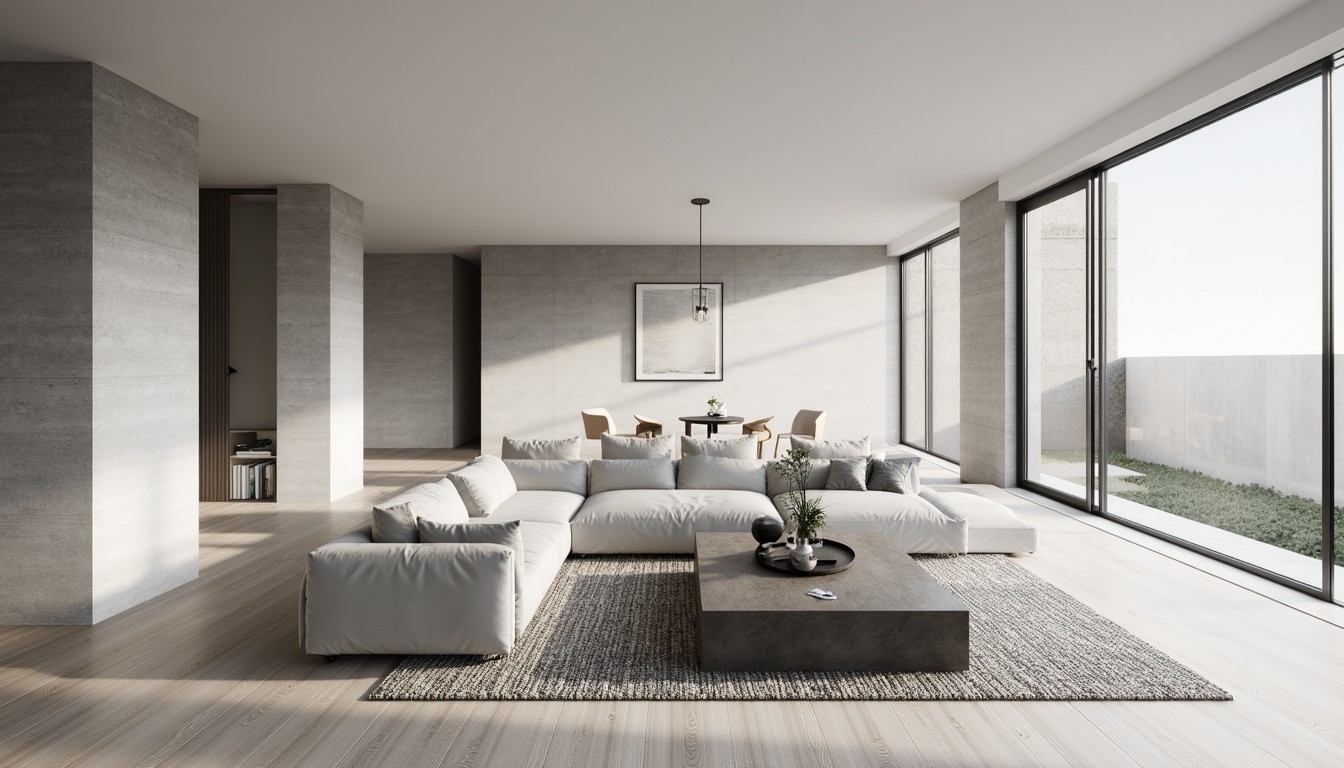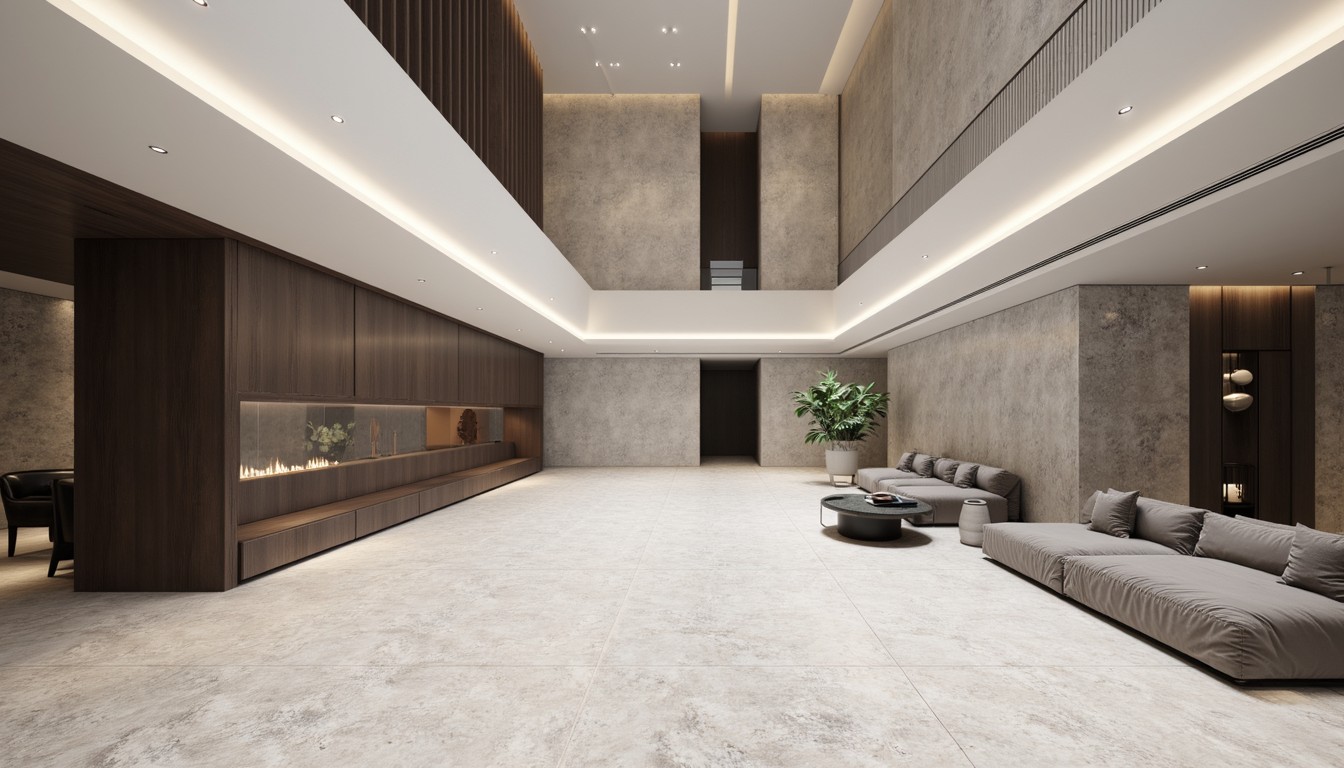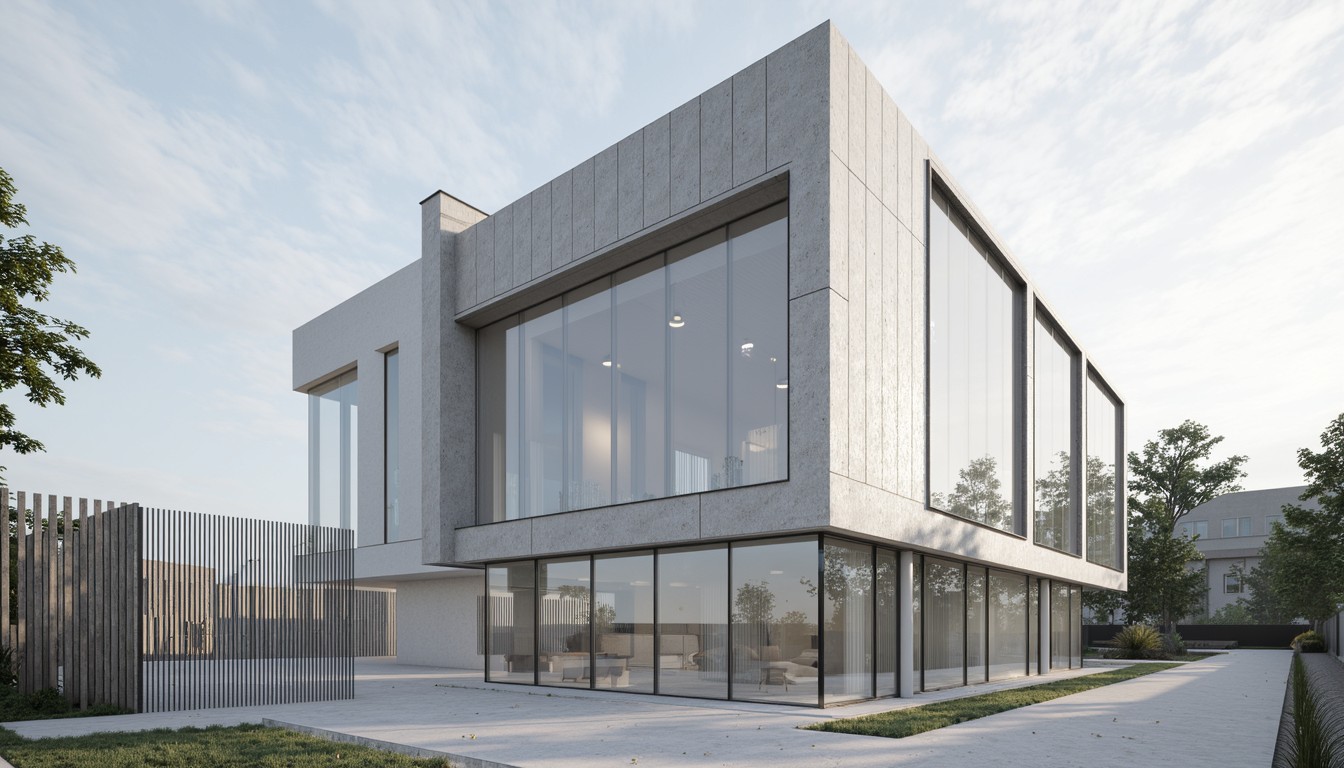VR in Architecture: Designing Tomorrow's Spaces
The architectural landscape is undergoing a dramatic transformation, driven by technological advancements that are reshaping how we design, visualize, and experience built environments. At the forefront of this revolution is Virtual Reality (VR), offering architects unparalleled opportunities to create, collaborate, and present their designs in ways never before imagined. ArchNav, a leader in architectural visualization, is harnessing the power of VR to deliver cutting-edge solutions for our clients.
Immersive Design Exploration: Beyond Static Renderings

Traditional architectural presentations, relying on static renderings and 2D blueprints, often fail to convey the true essence of a design. VR, however, offers an immersive experience that allows architects and clients to walk through a building before a single brick is laid. This immersive exploration enables a deeper understanding of spatial relationships, light interplay, and material textures, leading to more informed design decisions.
Imagine navigating a virtual model of a proposed museum, experiencing the grandeur of the atrium, feeling the scale of the exhibition halls, and appreciating the subtle nuances of the lighting design. This level of immersion is simply unattainable with traditional methods. VR allows for intuitive exploration, identifying potential design flaws or opportunities that might be overlooked in 2D representations. It's about experiencing the architecture, not just seeing it.
Enhanced Client Collaboration and Communication
Effective communication is crucial in architectural design. VR facilitates seamless collaboration between architects, clients, and other stakeholders. By sharing virtual models, architects can engage clients in a meaningful dialogue, gaining valuable feedback and ensuring the final design aligns perfectly with their vision. This collaborative approach minimizes misunderstandings and reduces the risk of costly revisions later in the project lifecycle.
The ability to conduct virtual walkthroughs with clients allows for immediate feedback and iterative design refinement. Instead of relying on lengthy explanations and potentially confusing 2D plans, architects can directly address client concerns and demonstrate the impact of design changes in real-time. This collaborative process fosters trust and mutual understanding, leading to more successful projects.
Early Problem Detection and Design Optimization

VR's ability to create immersive environments extends beyond visualization. It offers a powerful tool for early problem detection and design optimization. By identifying potential clashes, accessibility issues, or spatial inefficiencies in the virtual model, architects can address these problems early in the design process, saving time, money, and resources.
For example, a VR walkthrough might reveal a poorly designed circulation path or an inadequate amount of natural light in a specific area. These issues can be easily corrected in the virtual environment, minimizing the need for costly and time-consuming modifications during construction. This proactive approach to problem-solving is a significant advantage of utilizing VR in architectural design.
Real-World Applications of VR in Architecture
The applications of VR in architecture are vast and diverse, extending across various project types and scales. From residential homes to large-scale commercial developments, VR is transforming the way buildings are designed and experienced.
- Residential Design: Allowing clients to experience the layout, flow, and ambiance of their future homes before construction begins.
- Commercial Development: Presenting potential investors and tenants with immersive walkthroughs of proposed buildings, showcasing their features and benefits.
- Urban Planning: Visualizing and simulating the impact of proposed urban developments on the surrounding environment and community.
- Heritage Preservation: Creating virtual tours of historical sites, enabling researchers and the public to explore these places in detail without causing any physical damage.
- Interior Design: Experimenting with different layouts, furniture arrangements, and material choices in a virtual setting before committing to any physical changes.
ArchNav: Your Partner in VR Architectural Visualization

ArchNav is at the forefront of leveraging VR technology to deliver exceptional architectural visualization services. Our team of experienced architects and VR specialists employs cutting-edge software and hardware to create immersive and highly realistic virtual environments. We understand the unique challenges of architectural design and strive to provide our clients with innovative solutions that enhance their design process and communication with stakeholders. We are committed to pushing the boundaries of what's possible in architectural visualization, ensuring our clients have access to the most advanced and effective tools available.
Conclusion
VR is no longer a futuristic concept; it's a powerful tool that's revolutionizing the architectural design process. By embracing VR, architects can enhance their design exploration, improve client communication, and optimize their projects for efficiency and success. ArchNav is dedicated to helping architects harness the transformative potential of VR, creating breathtaking visualizations and shaping the future of architecture, one immersive experience at a time. Contact us today to discuss how we can help you design tomorrow's spaces.
